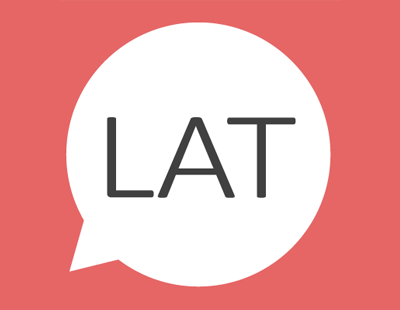
The rental market in Prime London continues to suffer from a severe stock shortage according to recent data from property consultancy LonRes.
“Activity levels are well below normal levels and rents continue to rise. There are still no signs of any easing in the pressures on this market” explains Anthony Payne, the consultancy’s managing director.
In February, the number of new instructions in Prime London was 49 per cent below its pre-pandemic average while the number of under offers was 51 per cent and the number of new lets was 59 per cent lower.
LonRes believes that this post-pandemic squeeze on activity shows no signs of abating and may be exacerbated by the current issues in the sales market as people are both forced or decide to hold off buying given the uncertainty in the housing and mortgage sectors.
With stock in short supply, it is no surprise that average rents continue to rise.
The latest data for February shows that in Prime London they rose 8.4 per cent over the last year and are now 19 per cent above their pre-pandemic levels. That’s similar to last month’s figure of 8.2 per cent.
Whereas in most markets across the UK, affordability pressures should put an upper limit on rents, LonRes believes Prime London operates in a different way. Given the more international profile of the rental market, it is less clear what mechanism could reverse this situation in the short term beyond an unexpected collapse in demand.
Meanwhile in the sales market LonRes says the average discount to asking price has increased to 8.4 per cent. And the data shows that the longer it takes to sell, the bigger the discount to asking price.
The average discount for homes sold in under three months was 3.5 per cent but this rises to 14.5 per cent for properties that took more than one year to sell.
The latest LonRes market snapshot shows that so-called ‘achieved prices’ for sales to landlords and other buyers in February were at similar levels to those recorded prior to the pandemic, while sales volumes were just below their pre-pandemic average for February.
But Payne says: “However, the years leading up to the pandemic were not easy ones for the Prime London market as tax changes and political uncertainty hit confidence, prices, and activity. Whether this is the new normal for London’s prime markets, remains to be seen.”















%20-%20IMAGE%20Client%20Accounting%20%E2%80%93%20what%20are%20your%20options.jpg)





Join the conversation
Be the first to comment (please use the comment box below)
Please login to comment